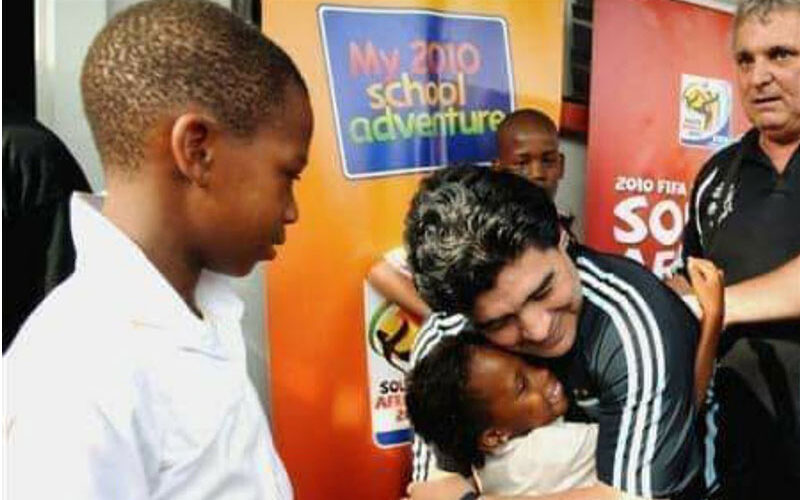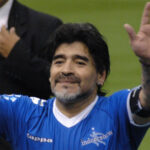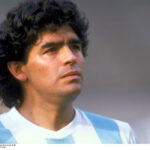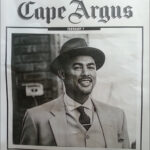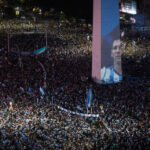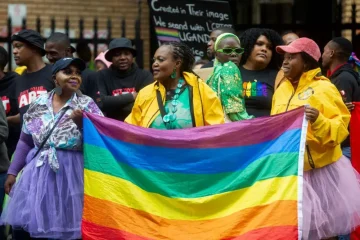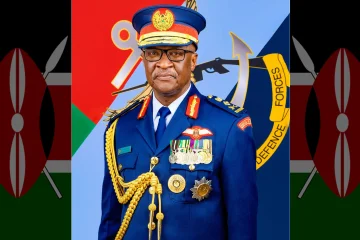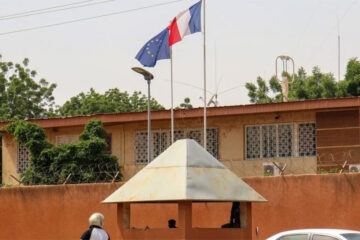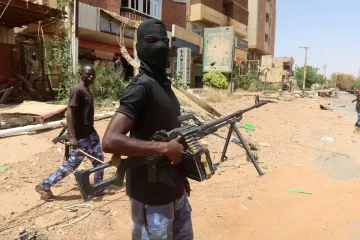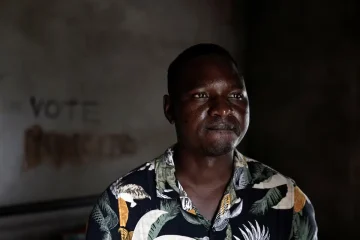JERMANE CRAIG
‘El Diez’ is no more. Number ‘10’ will live forever.
Diego Armando Maradona has died, and a piece of football’s soul has died with him.
Maradona was my first football hero, I absolutely adored him.
As a 10-year-old, when I first truly began to understand and love the global game, it was the grainy images of Diego Maradona winning the 1986 FIFA World Cup almost single-handedly for Argentina that mesmerised me.
He was sensational, magical, his talent defied belief. He caressed the ball, made love to the ball, it was seemingly glued to the laces of his football boots, and he could do anything he wanted with it.
His control, his touch, was effortless. He slalomed past defenders at will, no more devastatingly so than in that jinking solo run against England in the quarterfinals of Mexico 1986 at the Azteca Stadium, where he received the ball in his own half and easily danced and glided his way past no less than five hardened England defenders (he dribbled Terry Butcher twice) – and English goalkeeper Peter Shilton – to slide it into the net.
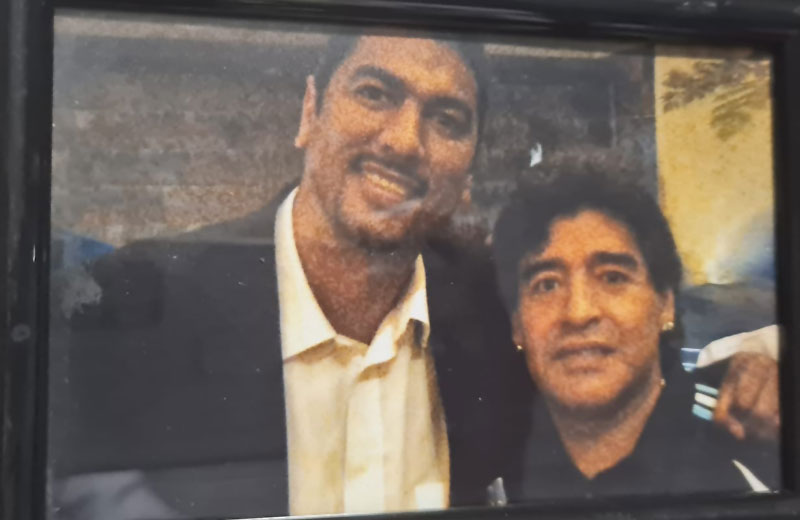
It was a goal and a moment in time that cemented my love – and that of generations of millions of football lovers – for Argentina’s jersey number 10, a goal that simply is the best goal ever scored on a football pitch, by without a doubt the best player to have ever played the game.
His earlier ‘Hand of God’ goal in that match served only to cement his place in football folklore even more.
Football is the simple person’s game and Diego was the people’s hero. Growing up in Villa Fiorito, in the slums of Buenos Aires, in circumstances similar to so many who have risen from abject poverty to reach incredulous heights, through their ability to play the beautiful game.
His skills came from the gods, coarsing through every vein, his every move leaving football lovers transfixed, delirious, besides themselves.
You could watch him for hours, even his pre-match training drill at Napoli remains the stuff of YouTube legend. Time seemed to stand still whenever he had the ball at his feet. He always seemed to play football in slow motion, as if he were the only player on the pitch.
He was the best. Not just the best footballer, but a player blessed with the most incredible personality, charisma and pulling power.
I first saw Diego Maradona in the flesh at the 2006 FIFA World Cup in Germany in Frankfurt, when Argentina played the Netherlands in the group stages of the tournament.
I sat in the same row of seats metres away from where he watched the game, and oh my God, what an experience. The love from Argentinians and from fans of the Albiceleste for Maradona is just incredible, the type of love and adulation for a sports star I’ve never ever witnessed.
He was on his feet throughout the game, engaging the 20 000 or so Argentinian fans at the stadium throughout and leading them in a rousing rendition of “Ole Ole Ole cada dia te queiro mas”. Those lyrics and that moment, as tens of thousands rose as one and sang to a beaming Maradona, as he led them in song, are seared in my football memory forever.
‘Ohhh soy de Alianza
Es un sentiment
No puedo parar
Ole Ole Ole Ole Ole Ola
Ole Ole Ole
Cada dia te queiro mas
Ohhh soy de Alianza
Es un sentimiento
No puedo parar’
Translated in English, it essentially means ‘I am from Argentina. It’s a feeling I can not stop. Everyday, I love you more and more. It’s a feeling I can not stop’.
That sense of nationalism, patriotic fervour, a love for one’s country and adulation for one of its legendary heroes and favourite sons, was a thing of such beauty and power to experience.
And for me it solidified Diego Maradona, the myth, the football icon, the magician.
That moment was enough for me, one rarely gets to meet your heroes in real life, but in 2009 it just got so much better.
Maradona was the head coach of Argentina at the 2010 FIFA World Cup, and when he visited the country to inspect their facilities in 2009, I got to spend a few days with him, intimately involved with managing his schedule and the media and fan frenzy his visit to our country generated.
If I thought I couldn’t love Diego Maradona any more, I was wrong. Football has no boundaries, no colour or creed. It requires little, just a ball – whether it’s made of leather or a bundle of string and plastic bags bundled together. And your feet are enough to allow anyone the freedom to participate, or to dream about emulating their heroes.
Maradona of course wanted to see his team’s base camp, at Pretoria’s High Performance Centre, but he also wanted to meet the people and feel the pulse of the country that would host Africa’s first FIFA World Cup.
The Kgotlelelang Primary School in Soshanguve, in the north of Gauteng in Pretoria, represents Argentina often in inter-school tournaments hosted by the diplomatic community in South Africa’s capital city.
And it was to Kgotlelelang and to Soshanguve Maradona went on that trip, the tears still welling up in my eyes as I recall the guard of honour the school’s pupils and their football team – dressed in their powder blue and white Argentina national team jerseys – gave ‘El Diez’ as he arrived at the school.
I often go back to look at those images of Maradona that day, this truly global star with no airs and graces, hugging, embracing and truly immersing himself with the kids of Kgotlelelang.
Few, if any of them would have seen Maradona play the game of football, but they will surely remember how he made them feel that day and the genuine, heartfelt love he showed them. And they will remember the pride he took in seeing them wearing the Argentinian jersey, most of them adorned with the number ‘10’ on the back.
Of all my sporting memories, Diego Maradona that day in Soshanguve will always be my ultimate, nothing will ever beat it, not even Andres Iniesta scoring the winner in the FIFA World Cup final.
I was the Media Manager of the 2010 FIFA World Cup Organising Committee at the time, and Maradona’s visit to the country gave us all a boost, with months to go to such a massive global undertaking, Maradona’s warm, ringing endorsement meant the world.
“They can say what they want but we know we are coming to play the World Cup in a safe country. I have seen that with my own eyes. Anything can happen in the world but I have spent a week in South Africa and everything is very good and the people very friendly. This will be a great World Cup with no doubts of security. I will tell my players that they only have to think of playing football when they come here and worry about nothing else. I think that it is only fair for South Africa to host the World Cup because they have deserved it for a very long time,” I recorded him saying as he visited our offices at SAFA House.
And when he stepped onto the pitch at the Soccer City Stadium, I had the privilege of throwing him a ‘Jabulani’ and seeing him roll back the years and showcase those famous skills on our own Azteca, our Maracana…
“I have been to many stadiums before but this is very big and so great. To be able to enter this stadium is so beautiful. I feel inspired to play here, but unfortunately my time has passed,” said Maradona, as he stood on the pitch that months later would add its name to the annals of FIFA World Cup history.
Words like those, images and emotions like those, are stored in the memory banks, tales that will be told to kids and grandkids God willing, of the day the best to ever do it came to town.
As the news of his passing filtered through this evening, I was sitting at my desk at home and I looked up on my wall at the treasured image I have alongside him, my arms around his shoulders at Pretoria’s Sheraton Hotel, as I prepared to bid him farewell to South Africa.
The tears welled up again and came rolling down, as the emotions of this horrendous year that has taken so much from us all, became all too much again. El Diez is no more. He will live in our hearts forever.

